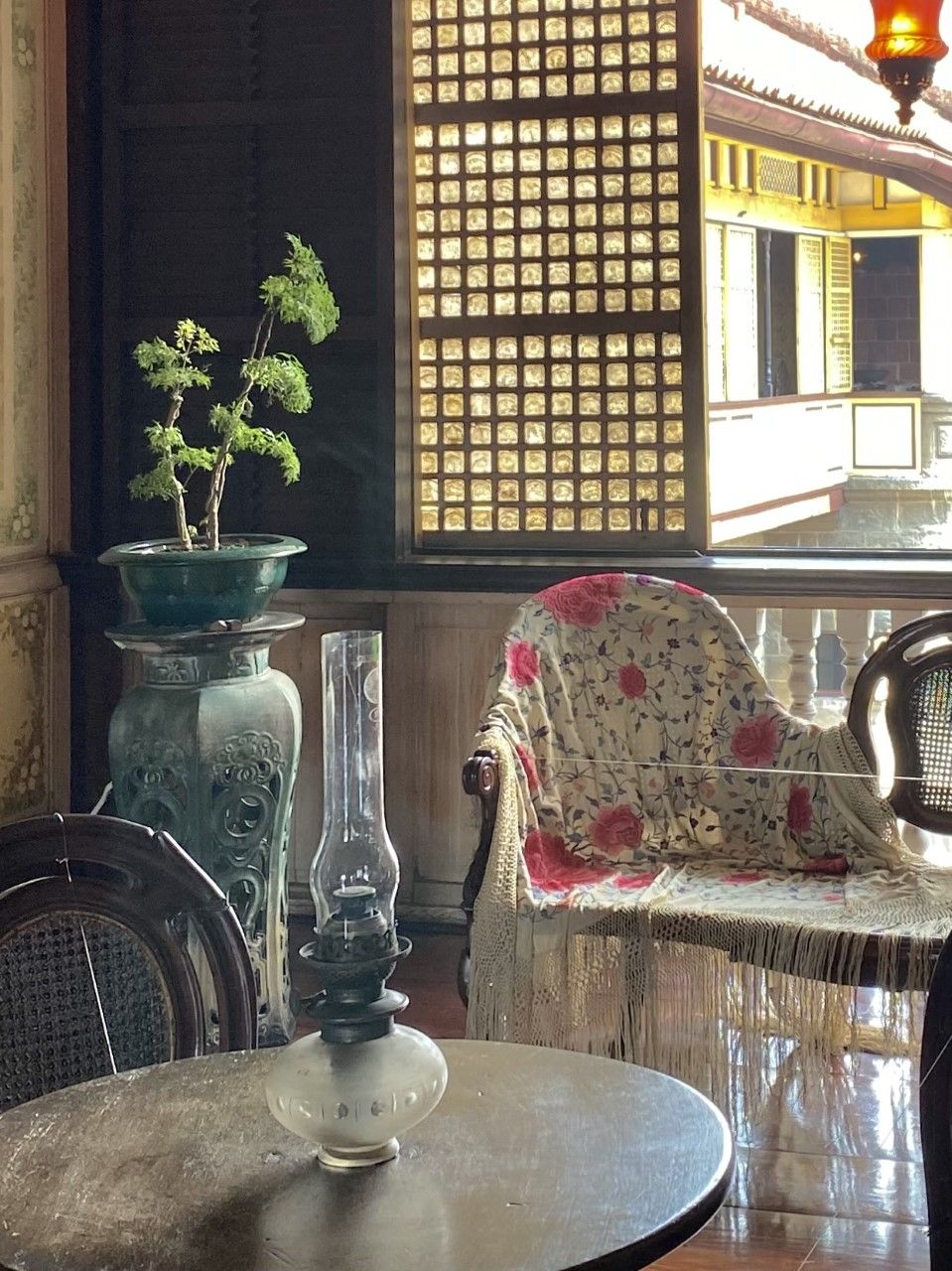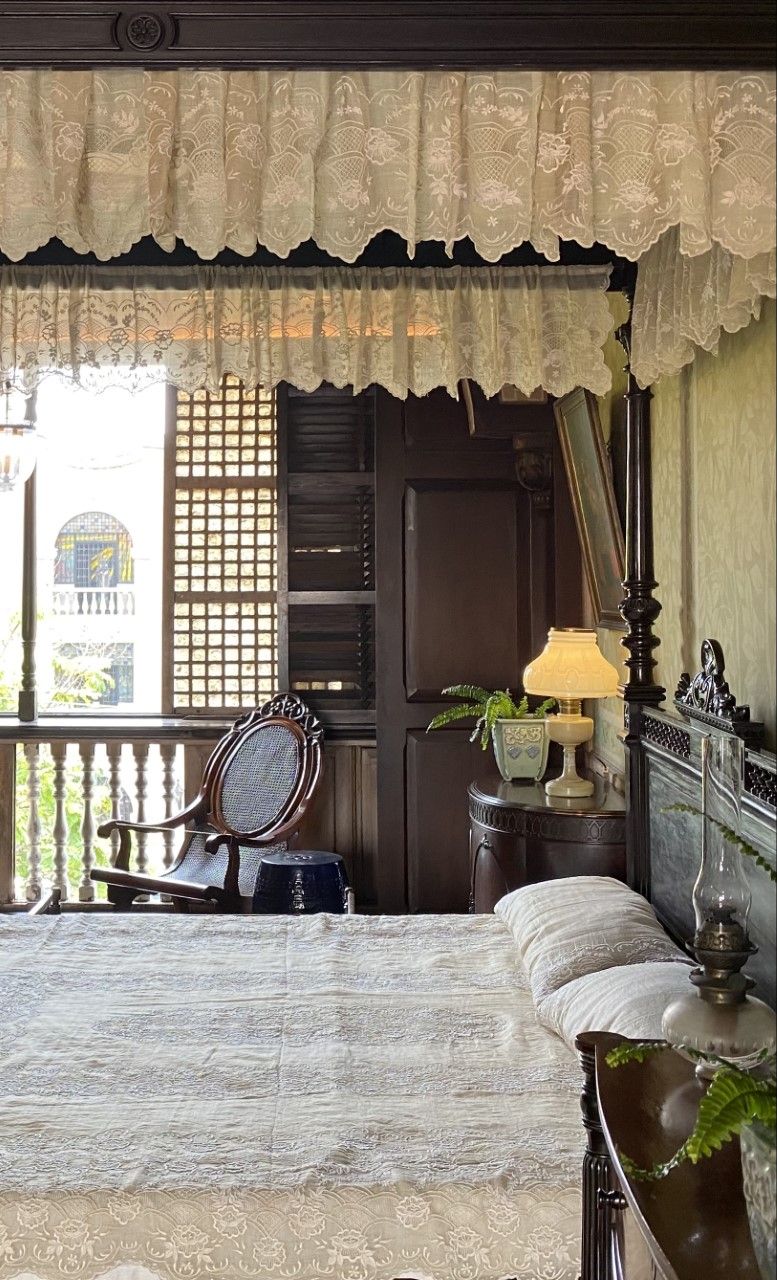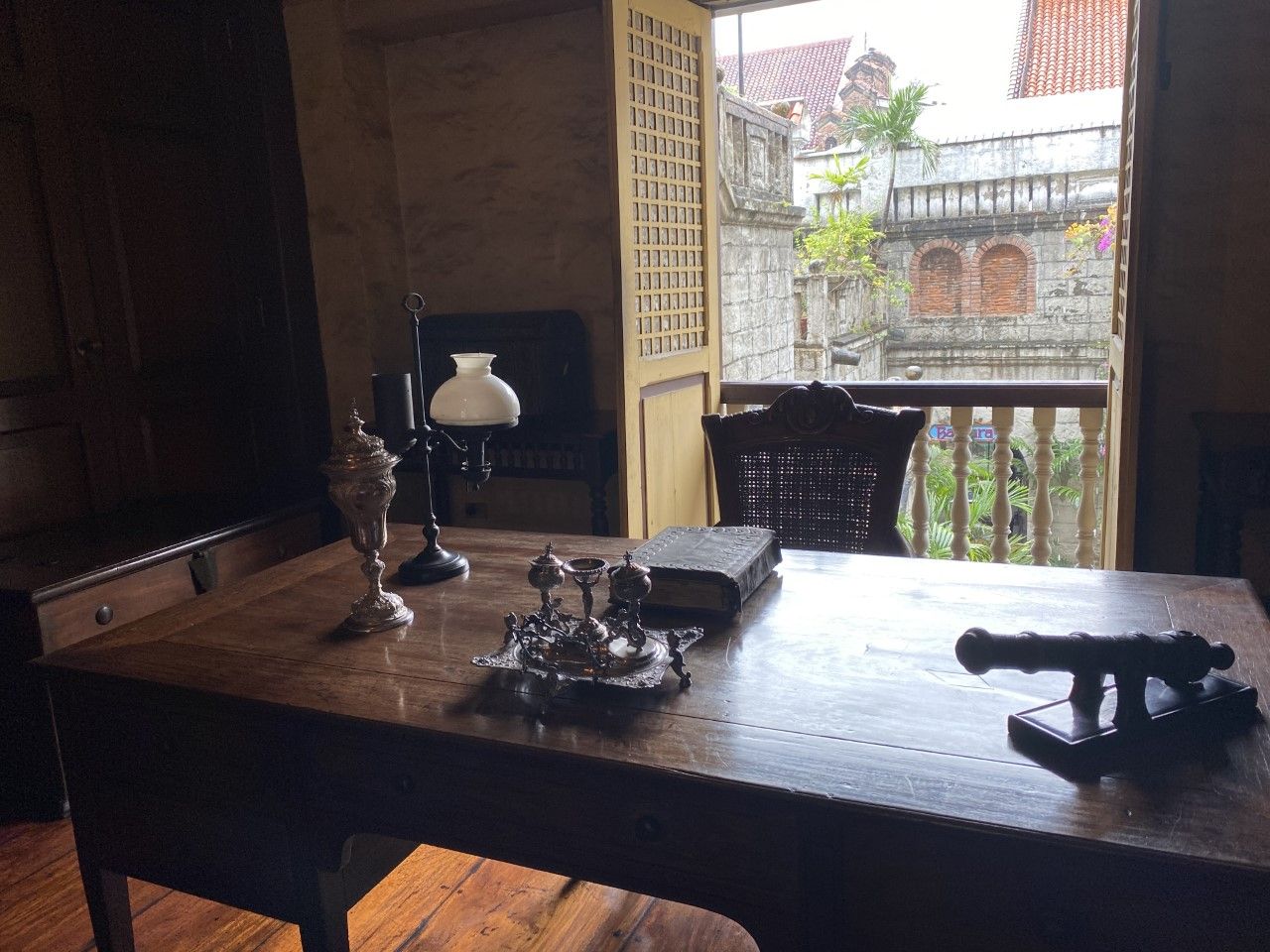In this exclusive one-on-one with renowned architect-interior designer Arch J. Anton Mendoza, we get a closer look at how he redesigned Intramuros' frequented museum-house.
Intramuros, the former centre of Philippine commerce, trade, politics, religion, and academic excellence, was the identifying location of Manila during the Spanish Colonial era. More than that, stately mansions of the principalia and ilustrados, palatial government buildings, and important architectural wonders were all also located within its very walls. But as fate would have it, natural disasters and a formidable war struck the gem of the Philippines' capital city, leaving Intramuros in utter ruin.
For decades, the Intramuros Administration has been trying to rebuild select locations inside the so-called, "Walled City" back to its former glory in order to provide today's generation a glimpse of the past. Although marred by colonisation, the reconstruction and preservation give us a better grasp of our past and a stronger connection to our ancestral heritage which earned the country its moniker: "the Pearl of the Orient Seas".
Read more: 3 Exciting Places Local Tourists Can Travel To In The Philippines
The Plaza San Luis complex was one of the earliest reconstructions inside Intramuros. It has five replica houses representing Antillean architecture prevalent during the 17th to 19th-centuries. It was named after one of the four original barrios inside Intramuros and consists of Casa Blanca, Casa Urdaneta, Los Hidalgos, El Hogar Filipino and Casa Manila.
Casa Manila was constructed in 1981, under the direction of Arch. Ramón Faustmann, and was a replica of an 1850s San Nicolas house that was once located in Calle Jaboneros. It is a lifestyle museum aimed at showcasing the domestic lifestyle of a native principalia during the Spanish regime. It was frequented by students and tourists, locals and foreigners alike.
But when COVID-19 struck the world, many tourist attractions temporarily closed down. Despite the unprecedented situation, Intramuros was hailed as Asia's leading tourist attraction in the 2020 World Travel Awards. It created great momentum for the upcoming reopening of the "Walled City". Not to mention the national year-long celebration of the 500th anniversary of the Philippines' significant role in the narrative of the first-ever circumnavigation of the world.













